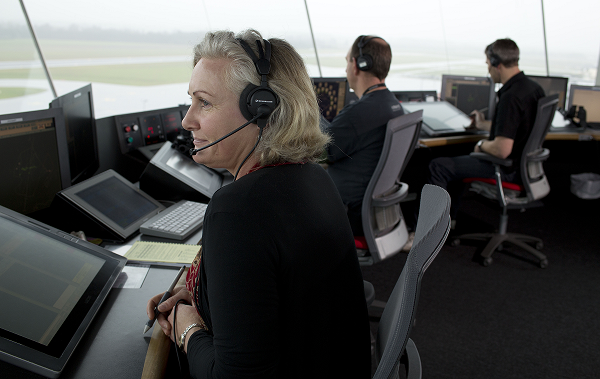A message from Simon – Virtualisation marks the progress of ATM

First, the conflict in Ukraine and ensuing humanitarian crisis is shocking and saddening. My thoughts are with the people and our industry colleagues in the country and surrounding areas.
For air navigation service providers (ANSPs), the developments and our responses were swift. For most European countries, Moldovan, Russian and Ukrainian airspace is closed as are large parts of Belarusian airspace. This has had several knock-on effects, affecting overflights in nearby countries and causing re-routings and longer flight times, especially on Europe-Asia flights.
ANSPs have handled all the changes quickly and efficiently. Safety was never compromised. The past two years have strengthened our resilience and adaptability and these qualities were used to good effect as the Ukrainian situation unfolded.
But we cannot rest on our laurels. In these uncertain times, the only thing we know for sure is that volatility will continue to be a feature of our industry. And so we must continue to explore new technologies and practices that help us to withstand shock and to be more agile in service provision.
Virtualisation is one such concept that can take us further down that path by helping transition ANSPs from hardware to software, backed by a fast, secure network. Virtual Towers are the most obvious example of this development, providing services to an airfield from an alternative location.
Whether we will get a full-scale de-coupling of services from bricks and mortar remains to be seen. Then again, there is a heated debate about returning to offices full time after the pandemic. Could that debate move to the provision of air traffic services (ATS)?
Certainly, we have proven the technology that makes virtualisation possible. And there is no denying the digital transformation of other industries either. Finance and insurance even have their own buzzwords to describe the innovative landscape; fintech and insurtech. Will we see ATMtech?
There is no logical reason why not. There are enormous benefits to virtual, software solutions, such as helping to bring down costs for all aviation stakeholders – an important consideration in a cash-strapped industry. It will also enhance our sustainability efforts by reducing the carbon footprint of providing essential services.
Moreover, it could have a significant impact on such emerging services as unmanned traffic management (UTM). The data inherent in the virtualisation concept could also be packaged for other services, including weather reporting and surveillance.
Ultimately, advances such as virtualisation will assist the industry goal of interoperability. Rather than silos of information, systems will talk to each other in a standardised manner. Data will be shared, and all aviation stakeholders will benefit.
In turn, that means a more resilient, efficient and scalable air traffic management industry. This is the backbone of business continuity, and critical to ensure that situations like the one we’re witnessing now in Ukraine do not impact aviation safety.



